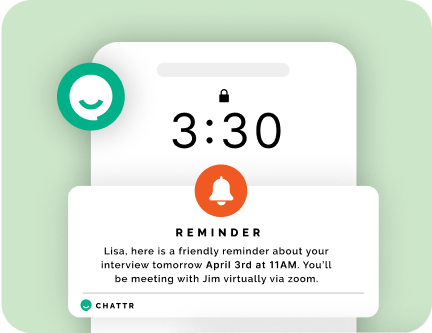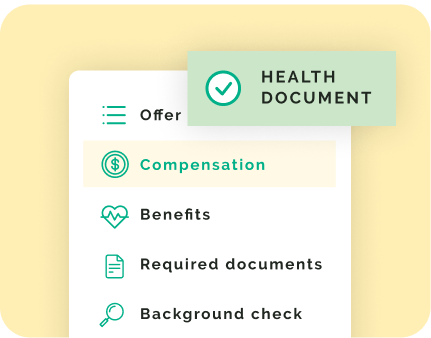As a manager of an hourly workforce, you know firsthand the challenges of creating schedules that work for both your business and your employees. It can be a delicate balancing act trying to align staff coverage with customer demand, while also keeping your team happy with their assigned hours.
But improving your shift scheduling process is crucial for reducing turnover, boosting productivity, and controlling labor costs. This guide will cover common scheduling pain points and provide tips to build a system that meets everyone’s needs.
Understanding the Common Scheduling Pitfalls
Before you can create better schedules, it’s important to understand where the process often goes wrong. Some of the most common pitfalls include:
Failing to Plan in Advance
Putting together the schedule at the last minute leads to haphazard decision-making. You may rely on easy choices rather than optimal ones. Instead, set your schedules at least 2-3 weeks in advance. This gives you time to thoughtfully align staffing with sales trends and events.
Not Tracking Key Metrics
To make informed scheduling decisions, you need data. Are Mondays your busiest day? When is turnover highest? Does the summer require more staff? Analyze historical demand, sales, and other metrics to guide schedules.
Rigid Scheduling
Inflexible schedules that never change lead to boredom and burnout. Employees want variety! Rotate weekend and closing shifts fairly. Schedule each person for their preferred hours some of the time.
Not Considering Employee Needs
Ignoring availabilities, time-off requests, and preferences results in lower engagement. Accommodate your team’s needs when reasonably possible.
Inconsistent Shift Lengths
Varying shift lengths like 4, 6, or 8 hours makes scheduling more complex. Streamline around consistent durations so it’s simpler to swap shifts.
Manual Scheduling Processes
Creating schedules in spreadsheets is inefficient and error-prone. Use automated tools that provide alerts, enforce rules, synchronize with payroll, and more.
Tips for Building Better Schedules
Now that you know what to avoid, here are some proven tips for creating schedules that work.
Plan Around Historical Demand Patterns
Analyze sales and traffic data from at least the past year. Identify busy days/times and schedule more staff then. Scheduling based on demand ensures you have coverage when you need it most.
Schedule in Consistent Blocks
Block scheduling divides shifts into consistent time slots, such as 9am-3pm and 3pm-9pm. This makes it easy to move employees around to cover gaps or busier times.
Rotate Key Shifts
Don’t assign the same person to close every Friday night. Rotate weekend, evening, and holiday shifts fairly so the burden doesn’t fall on a few.
Accommodate Employee Needs
Respect availabilities, time-off requests, and preferred hours when reasonably possible. This boosts morale and retention.
Allow Shift Swapping
Enable employees to swap shifts through an app. This gives them flexibility and ensures gaps get covered.
Avoid Overstaffing
Compare projected labor cost to sales forecasts. Trim excess staffing that would create unnecessary payroll expense.
Use Historical Data
Review past schedules and performance metrics to guide decision-making. Consistently analyze what’s worked before.
Automate What You Can
Automated systems enforce rules, detect conflicts, send reminders, and sync with payroll. This saves managers time.
Collaborate with Employees
Invite staff to provide input on the schedule. Employees often have great ideas to improve it.
Provide Schedule Stability
While some variety is good, employees also appreciate a level of stability they can count on week to week. Find the right balance.
Handling Shift Fill-Ins and Time-Off Requests
Despite your best efforts, you’ll invariably need to fill shifts day-of or accommodate last-minute time off requests. How you handle these situations impacts morale and retention.
Create Overlap Coverage
Schedule 10-20% more staff than strictly needed. This buffer allows you to approve time-off requests while still covering shifts.
Cross-Train Employees
Broadly cross-train staff so anyone can fill in anywhere. This vastly expands your options for shift coverage.
Offer Incentives
Providing small incentives encourages employees to pick up extra shifts. Even an extra $10-20 can go a long way.
Use a Shift Swap Board
A physical or digital shift board lets staff claim open shifts. First come, first served.
Review Time-Off Requests Equitably
Have fair criteria for approving time-off requests, such as first submitted or most hours worked. Document rules clearly.
Fill Gaps Rapidly
When a shift opens up, fill it quickly through overtime or incentives. Don’t let gaps linger.
Final Thoughts
Improving shift scheduling for hourly teams is essential for productivity, employee satisfaction, and organizational success. By creating a fair, flexible schedule that considers workload, skills, and availability, managers can optimize efficiency and minimize burnout. Investing in better shift scheduling practices is an investment in the well-being and success of the entire team.












